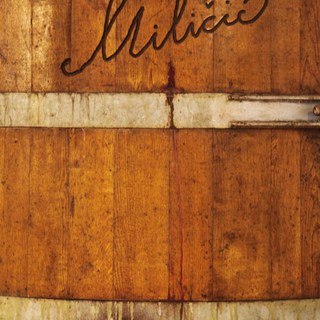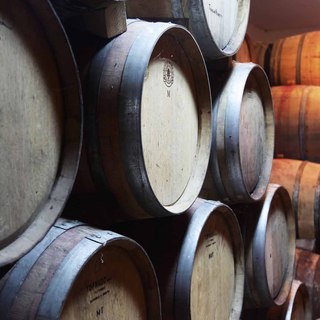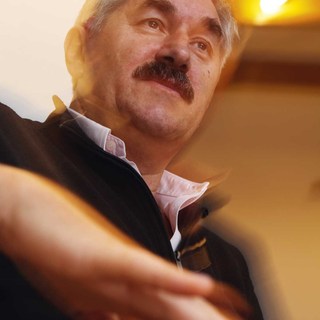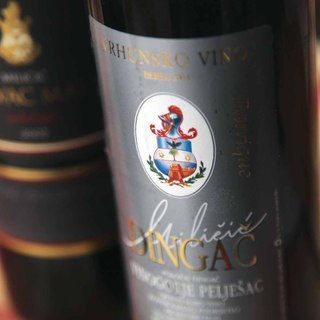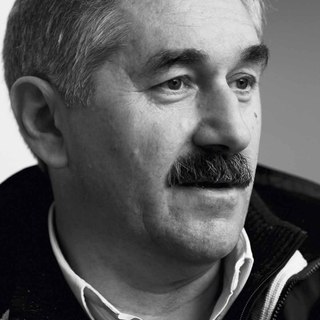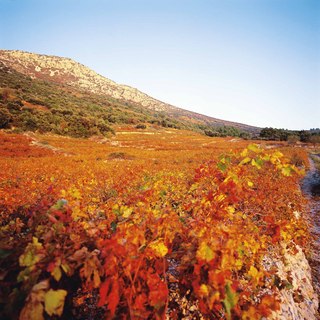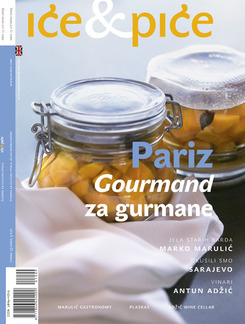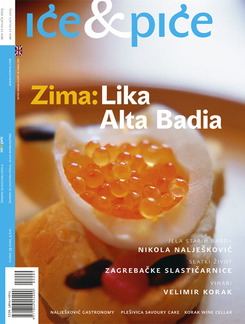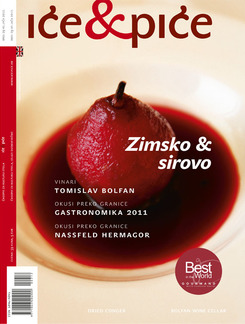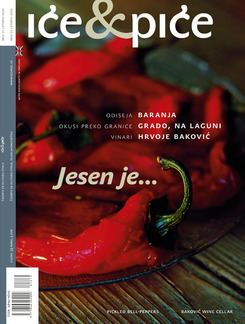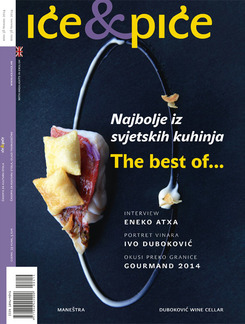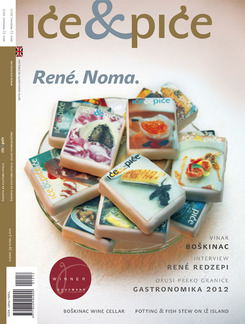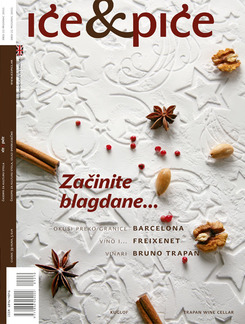WineCellar’s ID
Beginnings
Vineyards, wine and sea captains have always been a family tradition on Pelješac. Pavo Miličić spent most of his working life as a sailor, the last twenty years as captain of luxury cruisers. But each year in the autumn he would be back home on Pelješac, exactly at the time of the vintage, to help the family and take on from his father the family knowledge of the production of wine. Like most Pelješac viticulturists before the nineties, they sold most of the grapes to the cooperative, just a small quantity of selected grapes being left for the production of wine for family needs. The family tradition, from hobby that Pavo enjoyed during his short breaks between voyages, at the beginning of the nineties however turned into a serious family business, and the Miličić family the first private businessmen to fill bottles with Dingač.
Vineyards
Today the family cultivates 10 ha of vineyards, the best of which on Dingač are forty years old; but they are rapidly clearing and planting new vineyards on little plots on the inaccessibly steep slopes of Dingač. Pavo points out the special features of his young vineyards, for they literally created some of the plots on a few small terraces in the midst of the stone crags. The vineyards on the southern blocks enjoy excellent natural conditions, where only a small quantity of protective preparations are required, and the deep sedimentary soil provides the vine enough warmth, minerals and water in even the most droughty years. Apart from on the best southern positions, they also cultivate several vineyards in the Pelješac karst poljes, where the much lower night-time temperatures at ripening time help in the preservation of freshness and aroma in white varieties.
Assortment
Of course, on the best southern slopes of Dingač, only Plavac Mali comes into consideration; in the karst poljes in the centre of Pelješac they are cultivating and trying out Malbec and Petit Verdot. As for white varieties, they have most of Rukatac, in which Pavo sees a great potential, though only with careful vinification, selection of grapes and a serious approach to the variety in the vineyard. Somewhat unusually for Pelješac vineyards, the family also grows Chardonnay, which they put into bottles as a varietal wine.
Cellar and technology
It all started as a hobby in the cellar of the little old house a hundred or so years old, which is just now being renovated into a tasting room and a retail sales point. Next to it they have built a large new cellar with a capacity of 300,000 bottles, which has gradually been being built on in the last 20 years. For the fermentation of whites and the maceration of red grapes they use stainless steel vats, and for the maceration of the best Plavac grapes, large wooden vats. A large number of barriques of various origins gives them the possibility to play around and create wines of various aromatic profiles, from very diverse grape raw materials. The cellar does not perhaps enthral with its neat and gleaming interior – everything is subordinated to the production of wine and barriques occupy every inch of spare space in the cellar.
Wine and philosophy
The high quality Plavac wines Dingač Miličić and Dingač Miličić Barrique regularly have more than 14 % alcohol, and are marketed only when they have fully matured in wood. “Wind has to be let to age, to reach its optimum, and only then should one bottle it and sell it” – Pavo Miličić says, explaining the patience with which he waits for the robust Plavac to soften and provide the real pleasure of ripe tannins.
The Plavac Mali range is wine produced from selected grapes from special blocks that do not come within the Dingač region, but do give excellent ripe, soft Plavac wines of a different character. Miličić Rukatac is a white produced from the variety of the same name; called Maraština, it can be found all around Dalmatia, and mostly it is to do with structured warm wines of a relatively high percentage of alcohols and gentle aromas. Miličić’s Chardonnay is a fashionable white wine that shows how much this variety sold all over the world can easily be accommodated to differing terroirs and technologies.
Future
The planting of at least 5-10 ha of new vineyards in the best blocks of Dingač, for they are still short of the basic raw material for the very best Plavac. Alas, the biggest headache of most Pelješac viticulturists is shortage of labour. With the construction of a new tasting room and with retail sales in Dubrovnik they want to make use of the potentials of the sale and promotion of wine via tourism. They see the future of Pelješac wines in stronger maker combination and better use of the potentials of the Pelješac wine roads; in presentation in the hospitality industry and on the family estates, but at the same time curbing the current excessive prices of wines in restaurants.
